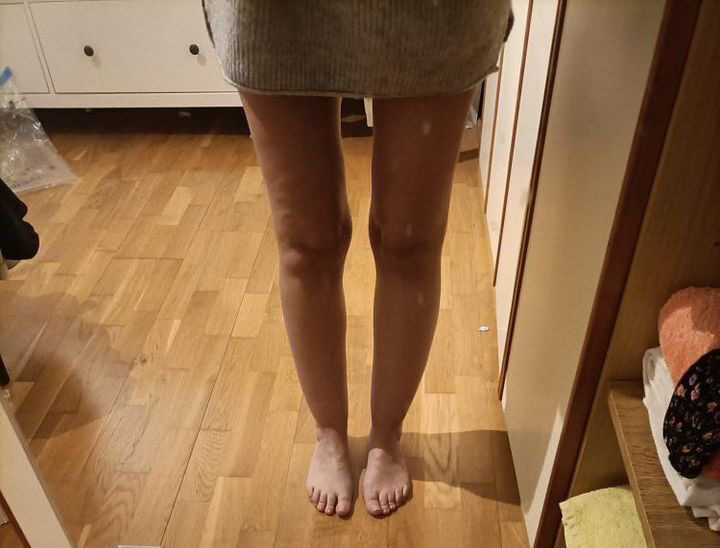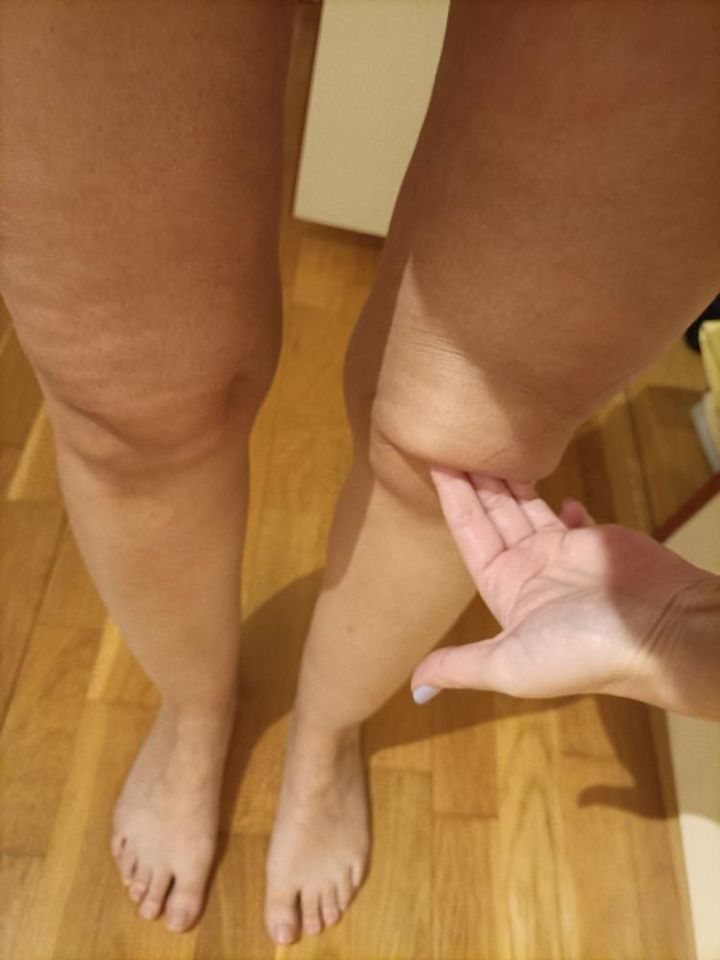Medically reviewed by Dr. Marwan Khalifeh.
Lipedema is a medical condition which causes the abnormal accumulation of fat, primarily in the legs, hips, bum and sometimes the arms.
Recognising the early signs, particularly the stage 1 Lipedema symptoms, is crucial for early diagnosis and effective management. This blog explores the symptoms of Lipedema stage 1 and what to look out for.
What is Lipedema?
Lipedema is often misunderstood and misdiagnosed by medical professionals. It’s a condition that mainly affects women and can lead to significant physical and mental health issues. Early detection leading to an official Lipedema diagnosis is key to managing the symptoms and slowing the progression of the disease.
Understanding Lipedema Stage 1
Stage 1 Lipedema is the earliest phase of the condition. During this stage, the symptoms might be more subtle but are distinct enough to be recognised, if you know what to look for.
Key Symptoms of Lipedema Stage 1
Smooth Skin with Enlarged Fat Deposits
In stage 1, the skin over the affected areas remains relatively smooth. However, there may be a noticeable increase in fat deposits. This results in a disproportionate appearance, where the lower body is larger in comparison to the upper body.

Tenderness and Pain
One of the hallmark symptoms in stage 1 is tenderness and Lipedema related pain in the affected areas. The fat deposits can be tender to the touch, and there might be a general feeling of discomfort or heaviness in the legs.
Easy Bruising
Women with stage 1 Lipedema often experience easy bruising. The skin might bruise with minimal trauma, which can be a tell-tale sign of the condition.
Symmetrical Swelling
Lipedema is characterised by symmetrical swelling, meaning both legs (or both arms if affected) will appear equally swollen. This symmetry is a key differentiator between Lipedema and other conditions such as Lymphedema, which typically affects one limb.
No Pitting Edema
Unlike other conditions that cause swelling, such as Lymphedema, Lipedema at stage 1 does not usually cause pitting edema. Pitting edema occurs when you press on the swollen area and it leaves a dent. With Lipedema, the swollen area generally remains firm.
Recognising the Symptoms Early
Early recognition of Lipedema stage 1 symptoms can make a significant difference in managing the condition. Here are some tips:
- Pay Attention to Changes: Notice any changes in the size and shape of your legs or the Lipedema in your arms – especially if they seem disproportionate to the rest of your body.
- Monitor Pain and Tenderness: Be aware of any unusual tenderness or pain in your legs or arms.
- Look for Bruising: Keep an eye out for frequent Lipedema bruising, especially if it occurs without significant impact.
Seeking Medical Advice
If you suspect you have symptoms of Lipedema stage 1, it’s important to consult with a Lipedema specialist well versed in the complexities of the condition.
Early diagnosis can lead to better management strategies, including lifestyle changes, compression therapy, Manual Lymphatic Drainage and potentially more advanced treatments such as Lipedema Reduction Surgery.
So, What are Lipedema Stage 1 Symptoms?
Recognising Lipedema stage 1 symptoms is crucial for early intervention. Upper to lower body disproportion, tenderness, easy bruising, symmetrical swelling and the absence of pitting edema are key indicators. If you notice these signs, seeking medical advice can help manage the condition and potentially halt the progression of Lipedema.
Have you or someone you know experienced stage 1 Lipedema symptoms? Send me an email on so****@***********me.com and let me know.
Disclaimer: This article has been medically reviewed by Dr. Marwan Khalifeh to ensure accuracy. However, it is provided for informational purposes only and should not replace in-person medical advice. Always consult your doctor or a qualified specialist for diagnosis and treatment.


Thanks Sophie. You are so strong and inspiring keep working 💪 at your goals sending you all light
Always